Get to know the concepts behind Florence Nightingale’s Environmental Theory in this study guide about nursing theories. Learn about Nightingale’s biography, her career, her works that shaped nursing. The next part is an in-depth discussion about her Environmental Theory, its metaparadigm, major, and subconcepts, including its application to nursing practice.
Biography of Florence Nightingale
Florence Nightingale (12 May 1820 – 13 August 1910) was a nurse who contributed to developing and shaping the modern nursing practice and has set examples for nurses who are standards for today’s profession. Nightingale is the first nurse theorist well-known for developing the Environmental Theory that revolutionized nursing practices to create sanitary conditions for patients to get care. She is recognized as the founder of modern nursing. During the Crimean War, she tended to wounded soldiers at night and was known as “The Lady with the Lamp.”
Early Life
Florence Nightingale was born on May 12, 1820, in Nightingale, Italy. She was the younger of two children. Her British family belonged to elite social circles. Her father, William Shore Nightingale, a wealthy landowner who had inherited two estates—one at Lea Hurst, Derbyshire, and the other in Hampshire, Embley Park Nightingale was 5 years old.
Her mother, Frances Nightingale, hailed from a family of merchants and took pride in socializing with prominent social standing people. Despite her mother’s interest in social climbing, Nightingale herself was reportedly awkward in social situations. She preferred to avoid being the center of attention whenever possible. Strong-willed, Nightingale often butted heads with her mother, whom she viewed as overly controlling. Still, like many daughters, she was eager to please her mother. “I think I am got something more good-natured and complying,” Nightingale wrote in her own defense concerning the mother-daughter relationship.
Education
Florence Nightingale was raised on the family estate at Lea Hurst, where her father provided her with a classical education, including German, French, and Italian studies. As for being homeschooled by her parents and tutors, Nightingale gained excellence in Mathematics.
Nightingale was active in philanthropy from a very young age, ministering to the ill and poor people in the village neighboring her family’s estate. At seventeen, she decided to dedicate her life to medical care for the sick resulting in a lifetime commitment to speak out, educate, overhaul and sanitize the appalling health care conditions in England.
Despite her parents’ objections, Nightingale enrolled as a nursing student in 1844 at the Lutheran Hospital of Pastor Fliedner in Kaiserswerth, Germany.
Personal Life
Only announcing her decision to enter the field in 1844, following her desire to be a nurse, was not easy for Florence Nightingale. Her mother and sister were against her chosen career, but Nightingale stood strong and worked hard to learn more about her craft despite society’s expectation that she become a wife and mother.
As a woman, Nightingale was beautiful and charming that made every man like her. However, she rejected a suitor, Richard Monckton Milnes, 1st Baron Houghton, because she feared that entertaining men would interfere with the process. The income given to her by her father during this time allowed her to pursue her career and still live comfortably. Though Nightingale had several important friendships with women, including correspondence with an Irish nun named Sister Mary Clare Moore, she had little respect for women in general and preferred friendships with powerful men.
Environmental Theory
Florence Nightingale’s Environmental Theory defined Nursing as “the act of utilizing the patient’s environment to assist him in his recovery.”
It involves the nurse’s initiative to configure environmental settings appropriate for the gradual restoration of the patient’s health and that external factors associated with the patient’s surroundings affect the life or biologic and physiologic processes and his development.
She identified 5 environmental factors: fresh air, pure water, efficient drainage, cleanliness or sanitation, and light or direct sunlight.
Works
Based on her observations in the Crimea, Florence Nightingale wrote Notes on Matters Affecting the Health, Efficiency, and Hospital Administration of the British Army, an 830-page report analyzing her experience and proposing reforms for other military hospitals operating under poor conditions. The book would spark a total restructuring of the War Office’s administrative department, including establishing a Royal Commission for the Health of the Army in 1857.
In 1860, her best-authored works were published, “Notes on Nursing,” outlining nursing principles. It is still in print today with translation in many foreign languages. In all, she had published some 200 books, reports, and pamphlets. Using the money she got from the British government, she funded St. Thomas’ Hospital’s establishment, and within it, the Nightingale Training School for Nurses.
In the 1870s, Nightingale mentored Linda Richards, “America’s first trained nurse,” and enabled her to return to the USA with adequate training and knowledge to establish high-quality nursing schools. Linda Richards went on to become a great nursing pioneer in the USA and Japan.
In the early 1880s, Nightingale wrote an article for a textbook in which she advocated strict precautions designed, she said, to kill germs. Nightingale’s work served as an inspiration for nurses in the American Civil War. The Union government approached her for advice in organizing field medicine. Although her ideas met official resistance, they inspired the volunteer body of the United States Sanitary Commission.
Appointments
In 1853, Florence Nightingale accepted the superintendent’s position at the Institute for the Care of Sick Gentlewomen in Upper Harley Street, London. She held this position until October 1854.
In 1854, Britain was involved in the war against the Russians (Crimean War). British battlefield medical facilities were deplorable, prompting Minister at War Sidney Herbert to appoint Nightingale to oversee the wounded’s care. She arrived in Constantinople, Turkey, with a company of 38 nurses. The introduction of female nurses in military hospitals was a major success. Sanitary conditions were improved while nurses worked as capable assistants to physicians and raised the British soldier’s morale by acting as bankers, sending the injured man’s wages home, wrote letters to their families, and read to the wounded.
Crimean War
The Crimean War began, and soon reports in the newspapers described the desperate lack of proper medical facilities for wounded British soldiers at the front. Sidney Herbert, the war minister, already knew Nightingale and asked her to oversee a team of nurses in Turkey’s military hospitals. In 1854 she led an expedition of 38 women to take over the management of the barrack hospital at Scutari, where she observed the disastrous sanitary conditions.
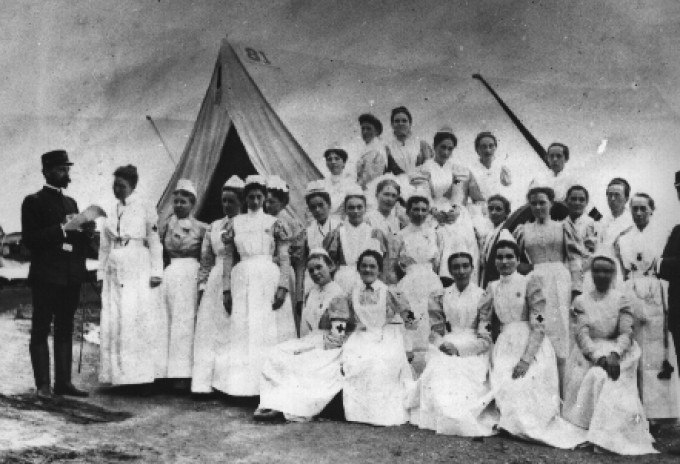
She returned to England in 1856. In 1860, she established the Nightingale Training School for nurses at St Thomas’ Hospital in London. Once the nurses were trained, they were sent to hospitals all over Britain, where they introduced the ideas they had learned and established nursing training on the Nightingale model.
Awards and Honors
England has given Florence Nightingale numerous awards and honors.
Nightingale became known as “The Lady with the Lamp.” During the Crimean War, she initially made her rounds on horseback and at night used an oil lamp to light her way, then reverted to a mule cart and finally a carriage with a hood and curtains. Nightingale remained at Scutari for a year and a half. In the summer of 1856, she left once the Crimean conflict was resolved and returned to her childhood home at Lea Hurst. To her surprise, she was met with a hero’s welcome, which the humble nurse did her best to avoid.
The Queen rewarded Nightingale’s work by presenting her with an engraved brooch that came to be known as the “Nightingale Jewel” and by granting her a prize of $250,000 from the British government.
In 1883, Nightingale was awarded the Royal Red Cross by Queen Victoria. In 1904, she was appointed a Lady of Grace of St John’s Order (LGStJ). In 1907, she became the first woman to be awarded the Order of Merit. In the following year, she was given the Honorary Freedom of the City of London.
Death
Despite being known as the heroine of the Crimean War, Florence Nightingale fell ill in August 1910. She seemed to recover and was reportedly in good spirits. However, she developed an array of troubling symptoms a week later, on the evening of Friday, August 12, 1910. She died unexpectedly at 2 pm the following day, Saturday, August 13, at her home in London. She left a large body of work, including several hundred previously unpublished notes.
Usually, well-known people with great contributions are offered national funerals, but Nightingale had expressed the desire that her funeral is a quiet and modest affair.
Respecting her last wishes, her relatives turned down a national funeral, and the “Lady with the Lamp” was laid to rest in her family’s plot at St. Margaret’s Church, East Wellow, in Hampshire, England.
In honor of the life and career of the “Angel of the Crimea,” the Florence Nightingale Museum sits at the site of the original Nightingale Training School for Nurses, which houses more than 2,000 artifacts. And up to this day, the name “Florence Nightingale” is universally recognized and known as the pioneer of modern nursing.
Memory
Florence Nightingale has a memorial in St. Paul’s Cathedral, where a formal memorial service was held. There is a Florence Nightingale Museum located at St. Thomas Hospital in London, where she founded the nursing school. The US Navy launched a namesake troop transport during World War II, “USS Florence Nightingale,” which served gallantly during the course of the war, receiving four battle stars.
In addition to the Florence Nightingale School of Nursing and Midwifery’s continued operation at King’s College London, The Nightingale Building in the School of Nursing and Midwifery at the University of Southampton is also named after her.
Hospitals
Furthermore, four hospitals in Istanbul are named after Nightingale: F. N. Hastanesi in Şişli (the biggest private hospital in Turkey), Metropolitan F.N. Hastanesi in Gayrettepe, Avrupa F.N. Hastanesi in Mecidiyeköy, and Kızıltoprak F.N. Hastanesi in Kadiköy, all belonging to the Turkish Cardiology Foundation.
Audio
Florence Nightingale’s voice was saved in a phonograph recording from 1890 preserved in the British Library Sound Archive. The recording is in aid of the Light Brigade Relief Fund and says: “When I am no longer even a memory, just a name, I hope my voice may perpetuate the great work of my life. God bless my dear old comrades of Balaclava and bring them safely to shore. Florence Nightingale.”
Museums
Many exhibits and artifacts are displayed and a bit of folklore with an exhibit featuring the preserved owl Athena, her little pet and companion who lived in her pocket. With America’s first female doctor, Elizabeth Blackwell opened the Women’s Medical College.










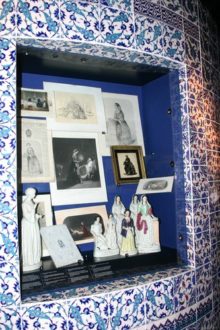

The photos above were taken by Luca Borghi in August 2011, courtesy of the Florence Nightingale Museum.
In 1912, the Red Cross’s International Committee instituted the Florence Nightingale Medal, awarded every two years to nurses or nursing aides for outstanding service.
The International Nurses Day and International CFS Awareness Day are celebrated on her birthday each year.
Nightingale’s Environmental Theory
The Environmental Theory by Florence Nightingale defined Nursing as “the act of utilizing the environment of the patient to assist him in his recovery.” It involves the nurse’s initiative to configure environmental settings appropriate for the gradual restoration of the patient’s health and that external factors associated with the patient’s surroundings affect the life or biologic and physiologic processes and his development. Nightingale discussed the Environmental Theory in her book Notes on Nursing: What it is, What it is Not. She is considered the first theorist in nursing and paved the way in the foundation of the nursing profession we know today.
Major Concepts of Florence Nightingales Theory
The major concepts of Florence Nightingale’s Theory are:
Nursing
“What nursing has to do… is to put the patient in the best condition for nature to act upon him” (Nightingale, 1859/1992)
Nightingale stated that nursing “ought to signify the proper use of fresh air, light, warmth, cleanliness, quiet, and the proper selection and administration of diet – all at the least expense of vital power to the patient.” She reflected the art of nursing in her statement that “the art of nursing, as now practiced, seems to be expressly constituted to unmake what God had made disease to be, viz., a reparative process.”
Human Beings
Human beings are not defined by Nightingale specifically. They are defined in relation to their environment and the impact of the environment upon them.
Environment
Nightingale stresses the physical environment in her writing. In her theory, Nightingale’s writings reflect a community health model in which all that surrounds human beings is considered concerning their health state.
Health
Nightingale (1859/1992) did not define health specifically. She stated, “We know nothing of health, the positive of which pathology is negative, except for the observation and experience. Given her definition that the art of nursing is to “unmake what God had made disease,” then the goal of all nursing activities should be client health.
She believed that nursing should provide care to the healthy and the ill and discussed health promotion as an activity in which nurses should engage.
Subconcepts of the Environmental Theory
The following are the subconcepts of Florence Nightingale’s theory:
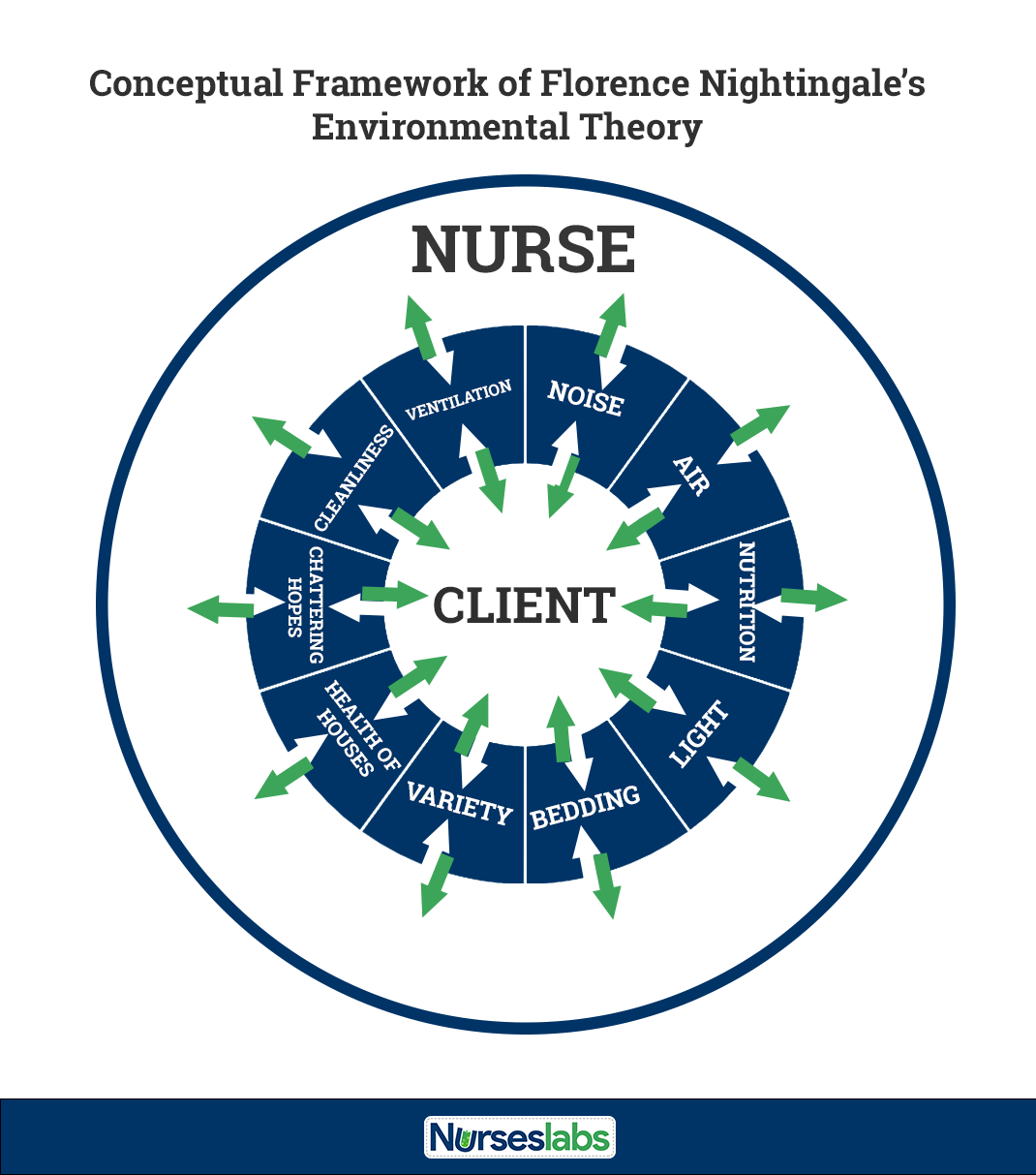
Health of Houses
“Badly constructed houses do for the healthy what badly constructed hospitals do for the sick. Once ensure that the air is stagnant and sickness is certain to follow.”
Ventilation and Warming
“Keep the air he breathes as pure as the external air, without chilling him.”
Nightingale believed that the person who repeatedly breathed his or her own air would become sick or remain sick. She was very concerned about “noxious air” or “effluvia” and foul odors from excrement. She also criticized “fumigations,” for she believed that the offensive source, not the smell, must be removed.
Nightingale also stressed the importance of room temperature. The patient should not be too warm or too cold. The temperature could be controlled by an appropriate balance between burning fires and ventilation from windows.
Light
Nightingale believed that second to fresh air, the sick needed light. She noted that direct sunlight was what patients wanted.
Noise
She stated that patients should never be “waked intentionally” or accidentally during the first part of sleep. She asserted that whispered or long conversations about patients are thoughtless and cruel. She viewed unnecessary noise, including noise from the female dress, as cruel and irritating to the patient.
Variety
She discussed the need for color and form changes, including bringing the patient brightly colored flowers or plants. She also advocated rotating 10 or 12 paintings and engravings each day, week, or month to provide variety for the patient. Nightingale also advocated reading, needlework, writing, and cleaning to relieve the sick of boredom.
Bed and Bedding
Nightingale noted that an adult in health exhales about three pints of moisture through the lungs and skin in a 24-hour period. This organic matter enters the sheets and stays there unless the bedding is changed and aired frequently.
She believed that the bed should be placed in the lightest part of the room and placed so the patient could see out of a window. She also reminded the caregiver never to lean against, sit upon, or unnecessarily shake the patient’s bed.
Personal Cleanliness
“Just as it is necessary to renew the air around a sick person frequently to carry off morbid effluvia from the lungs and skin, by maintaining free ventilation, so it is necessary to keep pores of the skin free from all obstructing excretions.”
“Every nurse ought to wash her hands very frequently during the day.”
Nutrition and Taking Food
Nightingale noted in her Environmental Theory that individuals desire different foods at different times of the day and that frequent small servings may be more beneficial to the patient than a large breakfast or dinner. She urged that no business be done with patients while they are eating because this was a distraction.
Chattering Hopes and Advice
Florence Nightingale wrote in her Environmental Theory that to falsely cheer the sick by making light of their illness and its danger is not helpful. She encouraged the nurse to heed what is being said by visitors, believing that sick persons should hear the good news that would help them become healthier.
Social Considerations
Nightingale supported the importance of looking beyond the individual to the social environment in which they lived.
Environmental Factors
In Florence Nightingale’s Environmental Theory, she identified five (5) environmental factors: fresh air, pure water, efficient drainage, cleanliness or sanitation, and light or direct sunlight.
- Pure fresh air – “to keep the air he breathes as pure as the external air without chilling him.”
- Pure water – “well water of a very impure kind is used for domestic purposes. And when the epidemic disease shows itself, persons using such water are almost sure to suffer.”
- Effective drainage – “all the while the sewer may be nothing but a laboratory from which epidemic disease and ill health are being installed into the house.”
- Cleanliness – “the greater part of nursing consists in preserving cleanliness.”
- Light (especially direct sunlight) – “the usefulness of light in treating disease is very important.”
The factors posed great significance during Nightingale’s time when health institutions had poor sanitation, and health workers had little education and training and were frequently incompetent and unreliable in attending to the patients’ needs.
Also emphasized in her environmental theory is providing a quiet or noise-free and warm environment, attending to patient’s dietary needs by assessment, documentation of time of food intake, and evaluating its effects on the patient.
Deficiencies in these five factors produce illness or lack of health, but the body could repair itself with a nurturing environment.
Analysis of the Environmental Theory
In the era that we are in today, we are faced with environmental conditions beyond what ought to be natural and nurturing. Some of the global environmental issues we have now are global warming, nuclear radiation threats, human-made environmental calamities, and pollution. From these occurrences, Nightingale’s model seemed to be ideal. Her concept of providing fresh air to patients is in question with today’s industrialization effects.
In addition to the analysis of the concept of ventilation, it is not always beneficial for all clients to have fresh air. Natural air has its impurities which in turn may infect open wounds and drainages such as in burns.
With the idea of providing light, the light emitted by the sun today is proven to be harmful already because of the destruction of the Earth’s ozone layer. Exposing the patient constantly to direct sunlight may be more destructive to the patient’s betterment than beneficial.
A healthy environment indeed heals, as Nightingale stated. Still, the question now is how our environment would remain healthy amidst the negative effects of the progress of technology and industrialization.
Since the applicability of some of the concepts to specific situations today is non-feasible, this theory’s development is utterly needed to accommodate the changes in the environment that we currently have. Still, above all this, it is very clear that Nightingale’s Environmental Theory is superb as a starting point of our profession’s progression and catalyzed nursing improvement.
Assumptions of Florence Nightingale’s Theory
The assumptions of Florence Nightingale in her Environmental Theory are as follows:
- Florence Nightingale believed that five points were essential in achieving a healthful house: “pure air, pure water, efficient drainage, cleanliness, and light.”
- A healthy environment is essential for healing. She stated that “nature alone cures.”
- Nurses must make accurate observations of their patients and report the state of the patient to the physician in an orderly manner.
- Nursing is an art, whereas medicine is a science. Nurses are to be loyal to the medical plan but not servile.
Strengths
Florence Nightingale’s language to write her books was cultured and flowing, logical in format, and elegant in style. Nightingale’s Environmental Theory has broad applicability to the practitioner. Her model can be applied in most complex hospital intensive care environments, the home, a worksite, or the community. Reading Nightingale’s Environmental Theory raises consciousness in the nurse about how the environment influences client outcomes.
Weaknesses
In Nightingale’s Environmental Theory, there is scant information on the psychosocial environment compared to the physical environment. The application of her concepts in the twentieth century is in question.
Conclusion
The Environmental Theory of Nursing is a patient-care theory. It focuses on altering the patient’s environment to affect change in his or her health. Caring for the patient is of more importance than the nursing process, the relationship between patient and nurse, or the individual nurse.
In this way, the model must be adapted to fit the needs of individual patients. The environmental factors affect different patients unique to their situations and illnesses. The nurse must address these factors on a case-by-case basis to make sure the factors are altered to best care for an individual patient and his or her needs.
Recommended Resources
Recommended books and resources to learn more about nursing theory:
Disclosure: Included below are affiliate links from Amazon at no additional cost from you. We may earn a small commission from your purchase. For more information, check out our privacy policy.
- Nursing Theorists and Their Work (10th Edition) by Alligood
Nursing Theorists and Their Work, 10th Edition provides a clear, in-depth look at nursing theories of historical and international significance. Each chapter presents a key nursing theory or philosophy, showing how systematic theoretical evidence can enhance decision making, professionalism, and quality of care. - Knowledge Development in Nursing: Theory and Process (11th Edition)
Use the five patterns of knowing to help you develop sound clinical judgment. This edition reflects the latest thinking in nursing knowledge development and adds emphasis to real-world application. The content in this edition aligns with the new 2021 AACN Essentials for Nursing Education. - Nursing Knowledge and Theory Innovation, Second Edition: Advancing the Science of Practice (2nd Edition)
This text for graduate-level nursing students focuses on the science and philosophy of nursing knowledge development. It is distinguished by its focus on practical applications of theory for scholarly, evidence-based approaches. The second edition features important updates and a reorganization of information to better highlight the roles of theory and major philosophical perspectives. - Nursing Theories and Nursing Practice (5th Edition)
The only nursing research and theory book with primary works by the original theorists. Explore the historical and contemporary theories that are the foundation of nursing practice today. The 5th Edition, continues to meet the needs of today’s students with an expanded focus on the middle range theories and practice models. - Strategies for Theory Construction in Nursing (6th Edition)
The clearest, most useful introduction to theory development methods. Reflecting vast changes in nursing practice, it covers advances both in theory development and in strategies for concept, statement, and theory development. It also builds further connections between nursing theory and evidence-based practice. - Middle Range Theory for Nursing (4th Edition)
This nursing book’s ability to break down complex ideas is part of what made this book a three-time recipient of the AJN Book of the Year award. This edition includes five completely new chapters of content essential for nursing books. New exemplars linking middle range theory to advanced nursing practice make it even more useful and expand the content to make it better. - Nursing Research: Methods and Critical Appraisal for Evidence-Based Practice
This book offers balanced coverage of both qualitative and quantitative research methodologies. This edition features new content on trending topics, including the Next-Generation NCLEX® Exam (NGN). - Nursing Research (11th Edition)
AJN award-winning authors Denise Polit and Cheryl Beck detail the latest methodologic innovations in nursing, medicine, and the social sciences. The updated 11th Edition adds two new chapters designed to help students ensure the accuracy and effectiveness of research methods. Extensively revised content throughout strengthens students’ ability to locate and rank clinical evidence.
See Also
Recommended site resources related to nursing theory:
- Nursing Theories and Theorists: The Definitive Guide for Nurses MUST READ!
In this guide for nursing theories, we aim to help you understand what comprises a nursing theory and its importance, purpose, history, types or classifications, and give you an overview through summaries of selected nursing theories.
Other resources related to nursing theory:
- Betty Neuman: Neuman Systems Model
- Dorothea Orem: Self-Care Deficit Theory
- Dorothy Johnson: Behavioral System Model
- Faye Abdellah: 21 Nursing Problems Theory
- Florence Nightingale: Environmental Theory
- Hildegard Peplau: Interpersonal Relations Theory
- Ida Jean Orlando: Deliberative Nursing Process Theory
- Imogene King: Theory of Goal Attainment
- Jean Watson: Theory of Human Caring
- Lydia Hall: Care, Cure, Core Nursing Theory
- Madeleine Leininger: Transcultural Nursing Theory
- Martha Rogers: Science of Unitary Human Beings
- Myra Estrin Levine: The Conservation Model of Nursing
- Nola Pender: Health Promotion Model
- Sister Callista Roy: Adaptation Model of Nursing
- Virginia Henderson: Nursing Need Theory
References
The following are the references and sources used for this guide:
- Florence Nightingale: Part I. Strachey, Lytton. 1918. Eminent Victorians. (n.d.). Florence Nightingale: Part I. Strachey, Lytton. 1918. Eminent Victorians. Retrieved July 31, 2014, from https://www.bartleby.com/189/201.html
- Florence Nightingale and Lynn McDonald (Editor) (2010). “An introduction to Vol 14”. Florence Nightingale: The Crimean War. Wilfrid Laurier University Press.ISBN 0889204691.
- Himetop. (n.d.). Florence Nightingale Museum –. Retrieved July 31, 2014, from https://himetop.wikidot.com/florence-nightingale-museum
- Cohen, I. B. (1984). Florence Nightingale. Scientific American, 250(3), 128-137. [Link]
- Nursing Theory and Conceptual Framework, Fundamentals of Nursing: Human Health and Function, Ruth F. Craven and Constance J. Hirnle, 2003, pp.56
- The Nature of Nursing, Fundamentals of Nursing: Concepts, Process, and Practice, Second Edition, Barbara Kozier, Glenora Erb, Audrey Berman, Shirlee Snyder, 2004, p.38
- Nightingale, F. (1860/1957/1969). Notes on nursing: What it is and what it is not. In McEwen, M. and Wills, E. (Ed.). Theoretical basis for nursing. USA: Lippincott Williams & Wilkins.
- Nightingale, F. (1992). Notes on nursing: What it is and what it is not. (Com. ed.). (Original publication 1859). In George, J. (Ed.). Nursing theories: the base for professional nursing practice. Norwalk, Connecticut: Appleton & Lange.
External Links
- Florence Nightingale Foundation
- Collection of Letters of Florence Nightingale
- Papers of Florence Nightingale, 1820-1910
Further Reading
- Baly, Monica and E. H. C. G. Matthew. “Nightingale, Florence (1820–1910)”, Oxford Dictionary of National Biography Oxford University Press, 2004; online edn, Jan 2011
- Bostridge, Mark (2008). Florence Nightingale. The Woman and Her Legend. Viking (2008); Penguin (2009). US title Florence Nightingale. The Making of an Icon. Farrar Straus (2008).
- Rees, Joan. Women on the Nile: Writings of Harriet Martineau, Florence Nightingale, and Amelia Edwards. Rubicon Press: 1995, 2008
Originally published on August 4, 2014. Biography was written by Wayne, G.
With contributions by Wayne, G., Ramirez, Q., Vera, M.
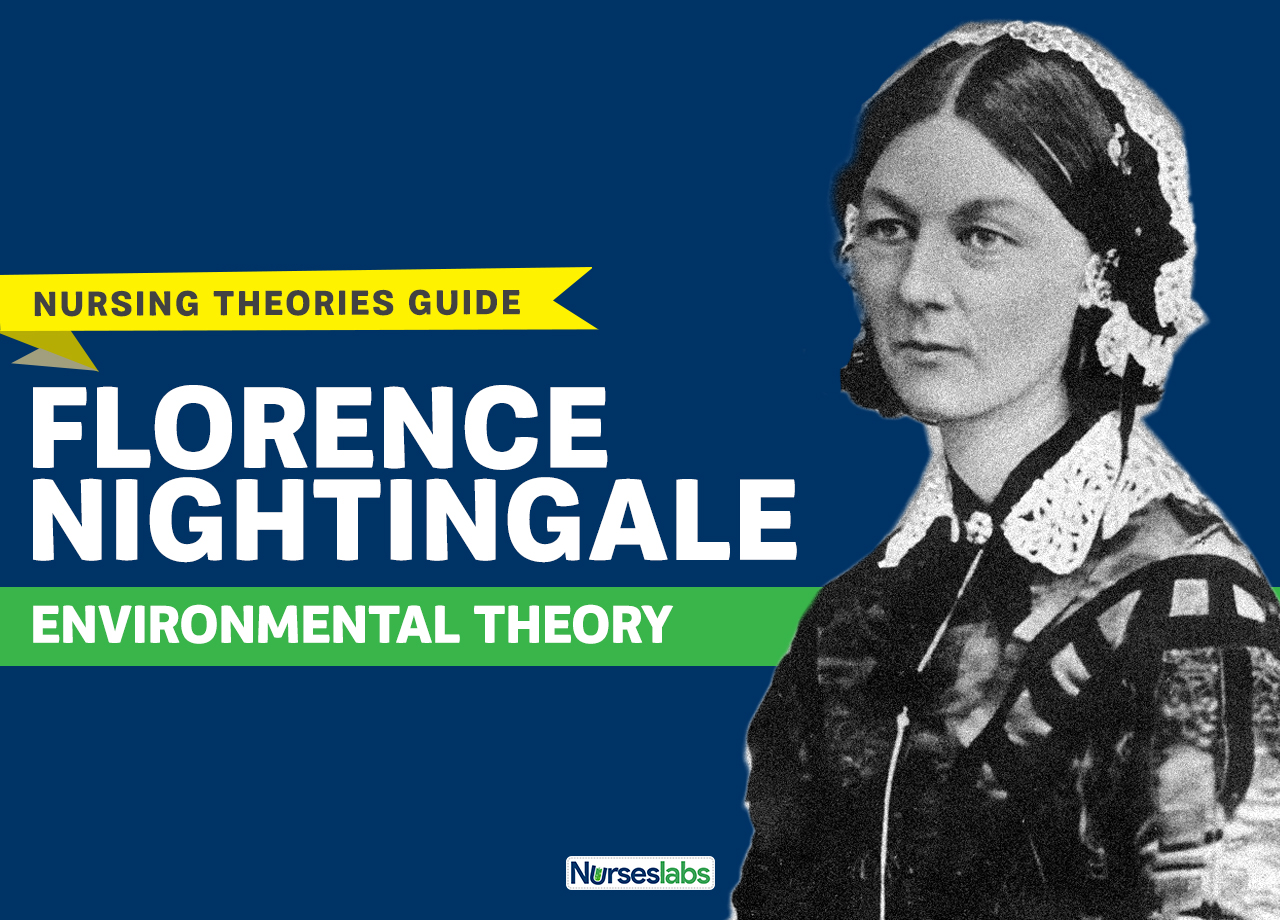

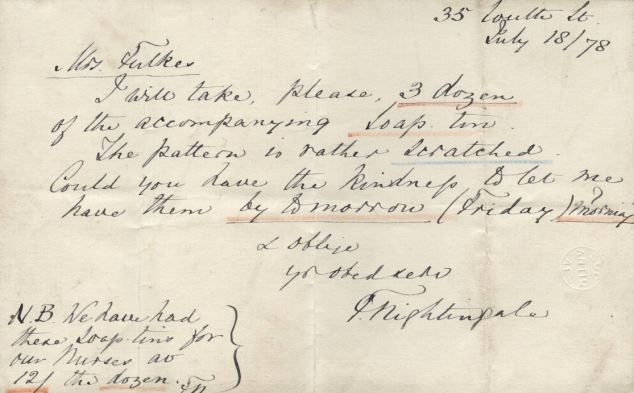
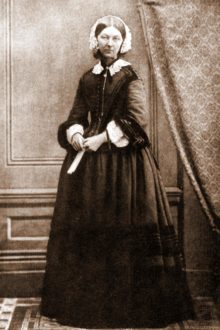
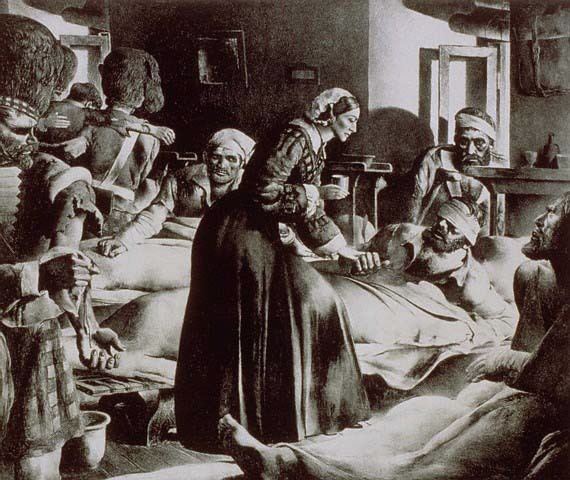
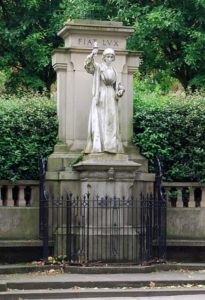

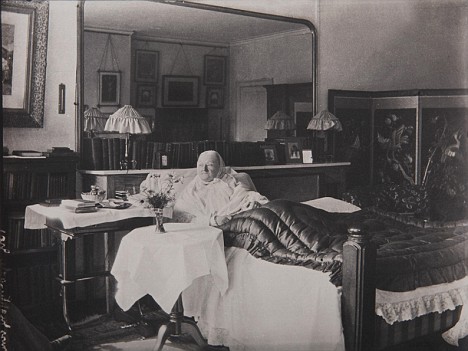


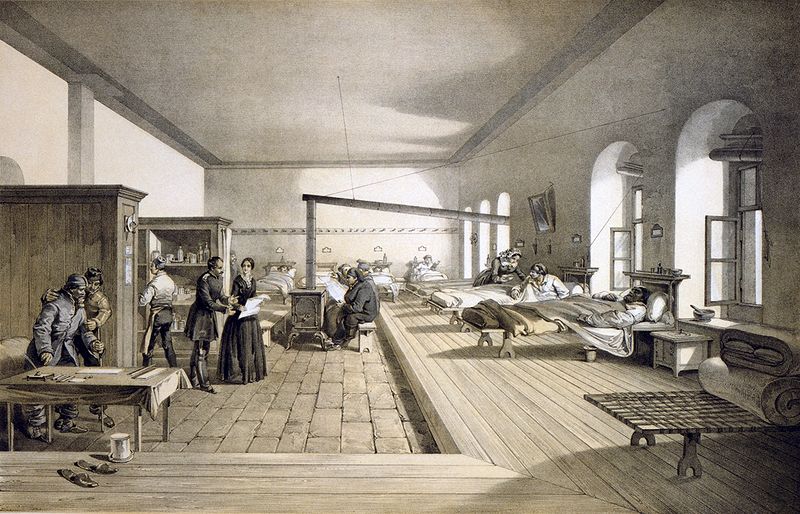


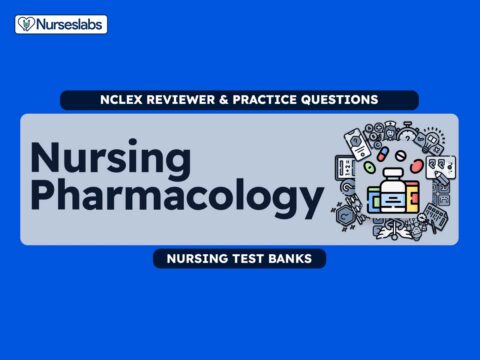

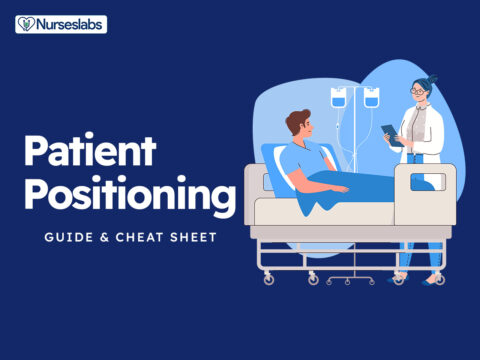

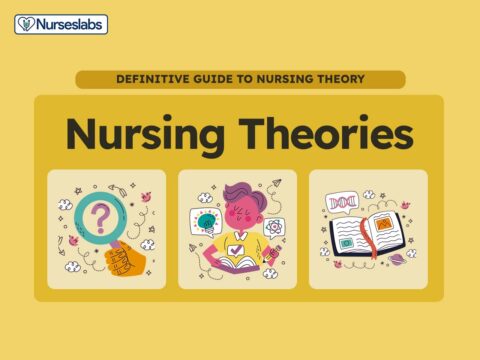

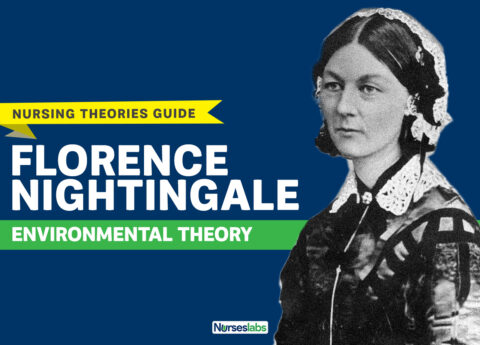

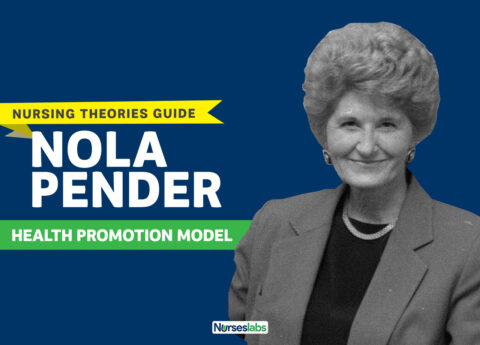

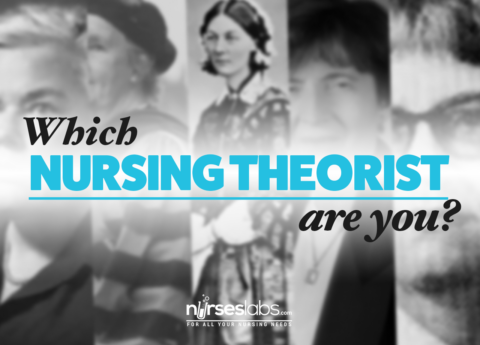
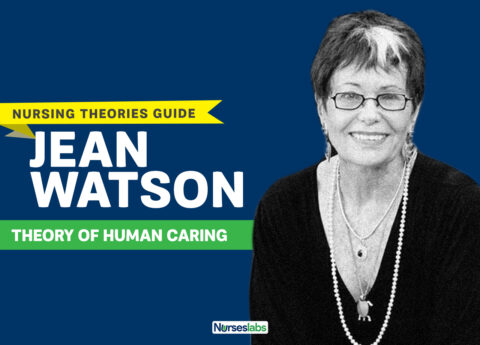


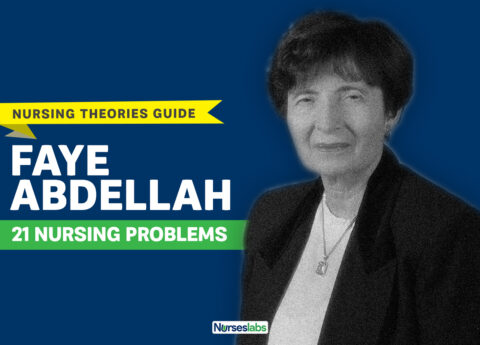
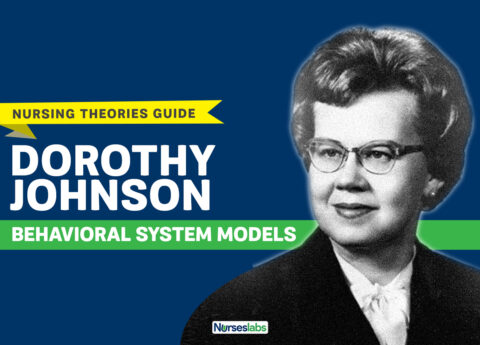
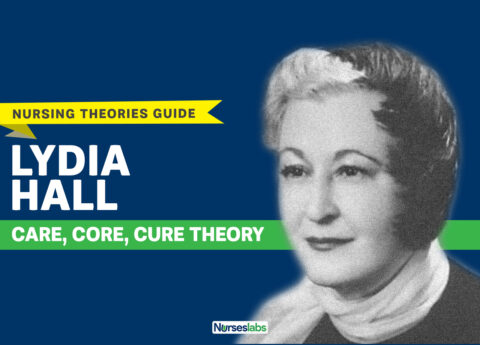

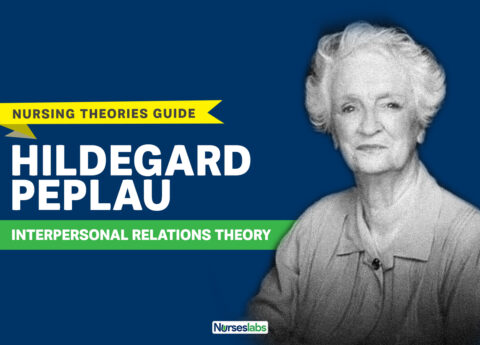
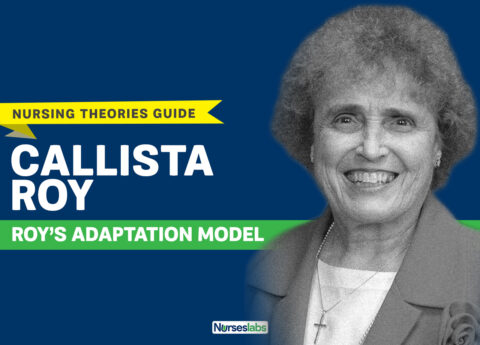
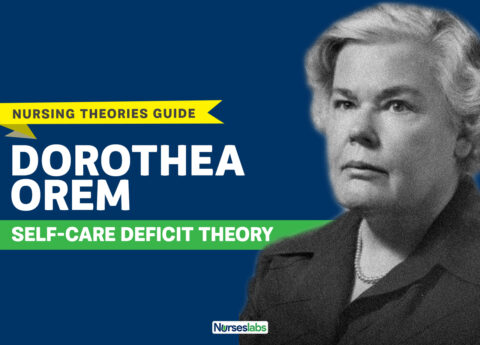
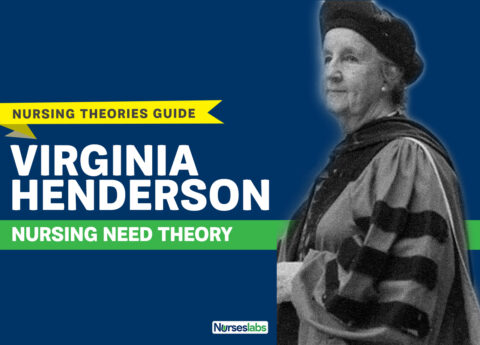

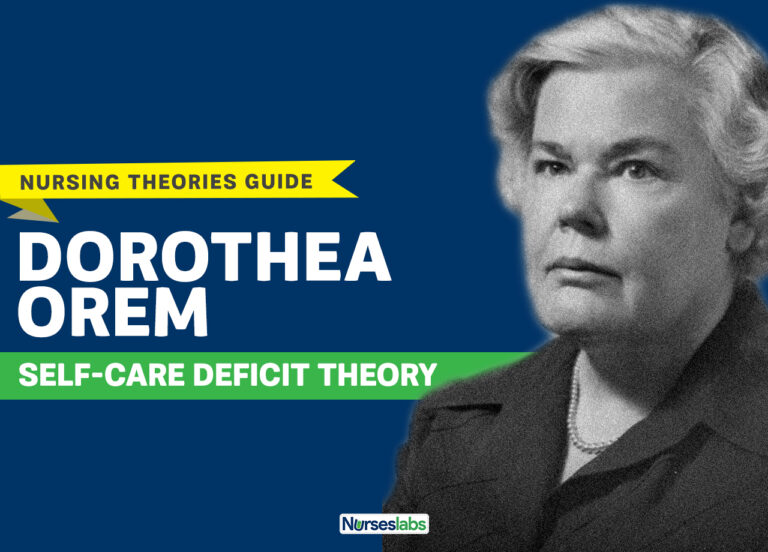

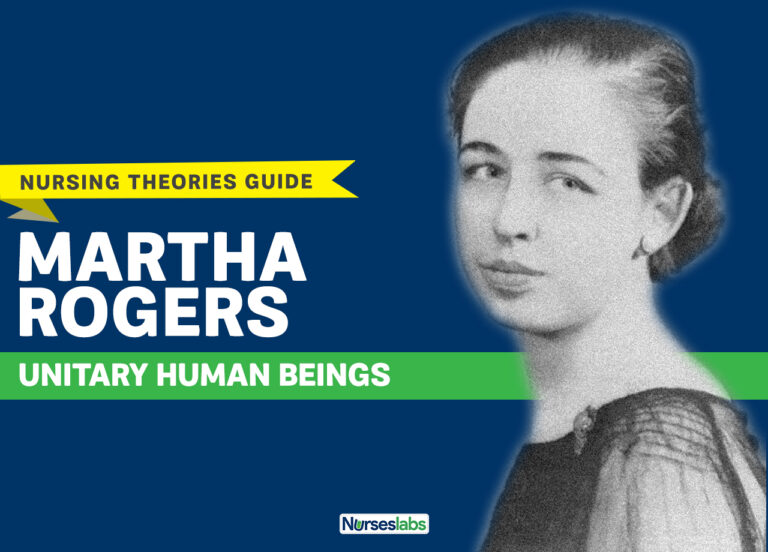
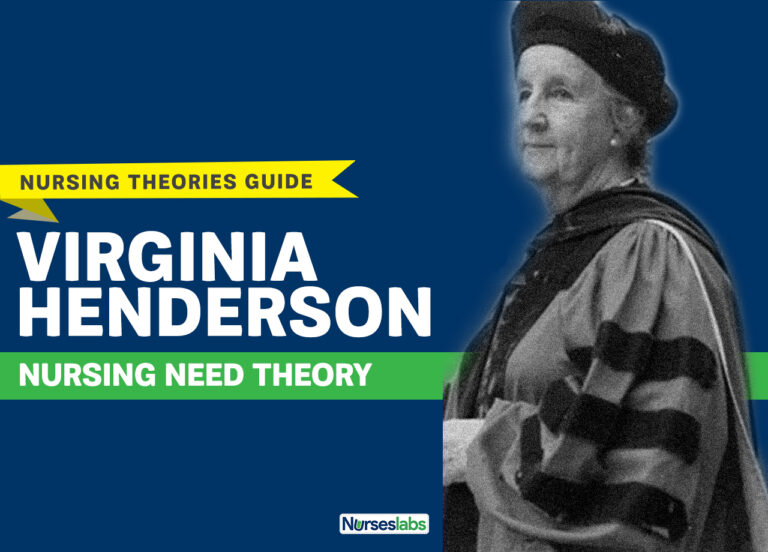
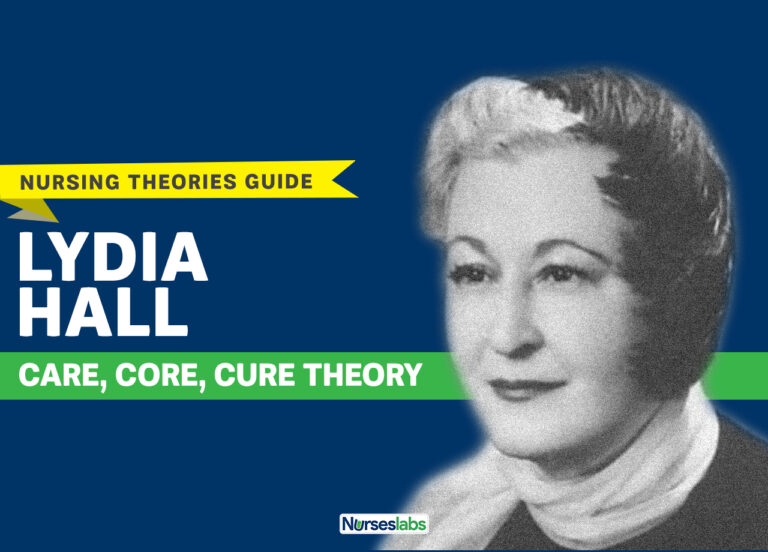

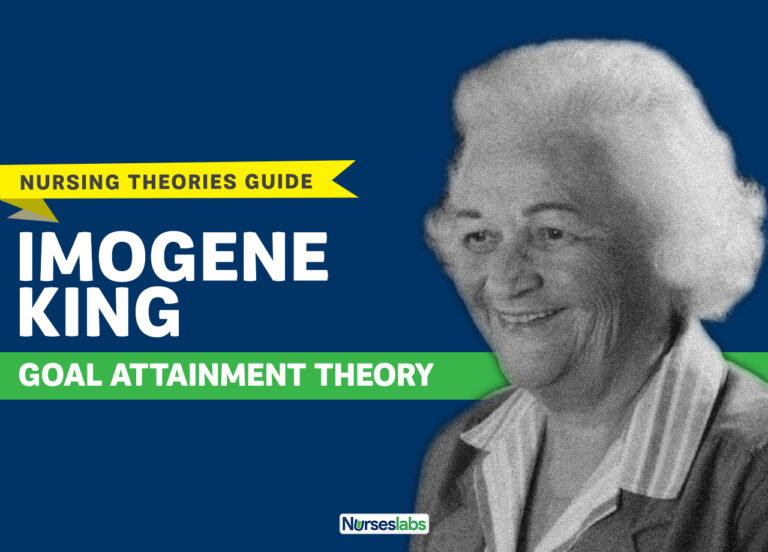
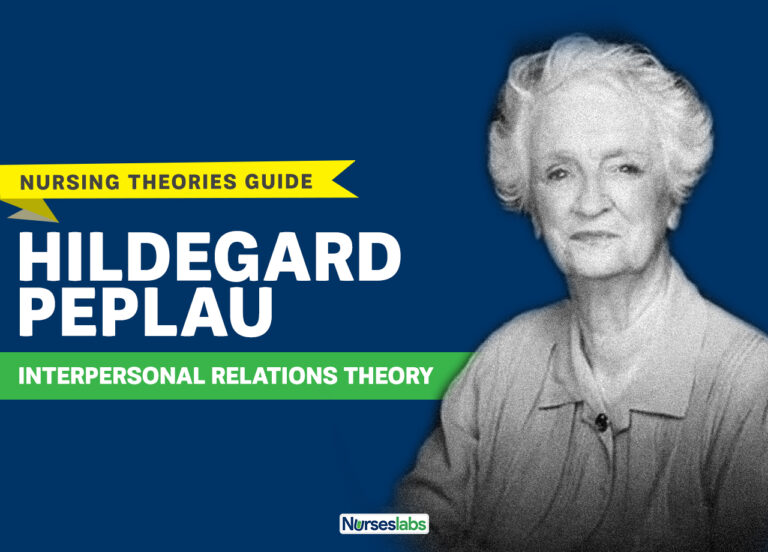


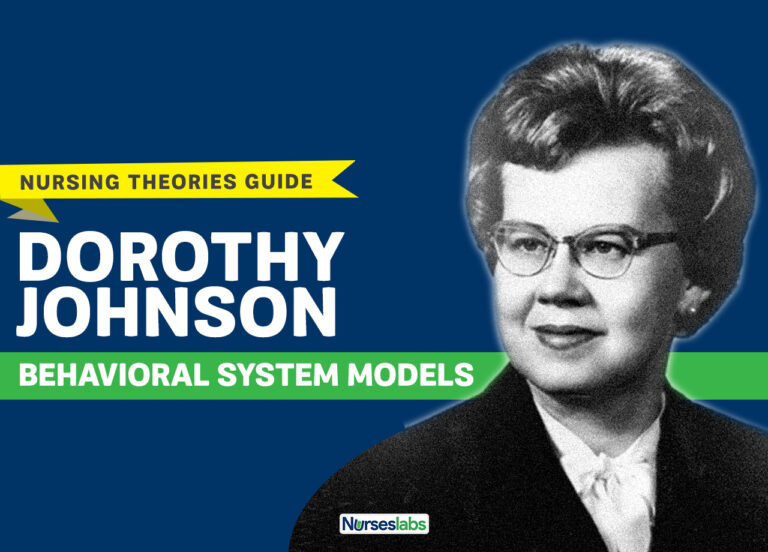
Leave a Comment